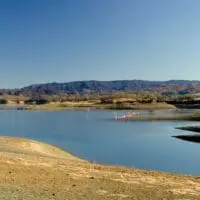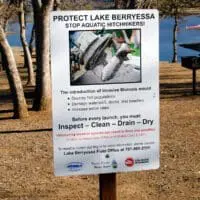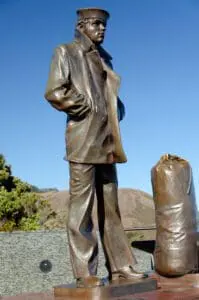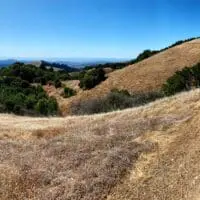I read someplace that war is the ultimate democratic process, because all sides get a say in how it proceeds. I was reminded of this when glancing through a book on the Pacific theater of World War II the other day.
I was aware of the plans the U.S. had developed for invading the Japanese home islands. It was always expected to be a monumentally bloody affair. For example, here’s a little known fact: the U.S. Defense Department hasn’t bought any Purple Hearts, awarded to soldiers injured in battle, since sometime in late 1944 or early 1945. Because they bought so many back then, in anticipation of what would happen when Japan was invaded, that they’ve never had to re-order.
What I failed to consider is that the Japanese military also knew their homeland was going to be invaded, and made the best plans they could for dealing with it. Not being fools, those plans were pretty well-crafted under the circumstances. In fact, the their plan, based on careful consideration of where American ground-support airpower could strike from Okinawa and Iwo Jima, identified the primary U.S. landing sites.
The Japanese plans called for mobilizing virtually everyone who could move, and featured heavy use of suicide attacks, since they had seen how kamikaze raids had rattled the U.S. Navy. The goal was simple: make invasion so horrifically expensive that the U.S. would halt the invasion or, better yet, postpone launching it. This was based on a pretty shrewd reading of the American public’s support for the war, which, while strong, was growing increasingly fragile as it dragged on.
The Japanese preparations — which weren’t all that hard to spot; it’s hard to do massive mobilizations of your population undetected when you no longer control the skies over your territory — actually did raise quite a few alarms in the American high command, who began to realize their sky-high casualty projections might well turn out to be too low, by far. In fact, contingency plans began to be drawn up to invade Japan from the north. That, however, would require shifting the American axes of attack (i.e., coming up from the Philippines and moving west through the Pacific islands), which would’ve caused the war to drag on for quite some time.
I can’t imagine those rapidly escalating levels of concerns, triggered by the Japanese plans and deployments, didn’t play a significant role in deciding to nuke Hiroshima and Nagasaki. Counterintuitively, destroying two cities, if it brought about the end of the war, would save not only many American lives, but perhaps more Japanese lives than it cost as well. It certainly avoided the dramatic “hard anger” which would’ve resulted from winning the war on the backs of a huge number of American casualties. Which would’ve made it much, much harder for the U.S. to be as generous in victory as it was.
It’d be interesting to get a sense of what the Japanese high command knew about what was going on in New Mexico. From what I recall reading about Stalin’s reaction when he was told about the work officially — he’d been getting reports from spies all along, of course — even people in the know didn’t have a good sense of just what a game-changer nuclear weapons were.














































